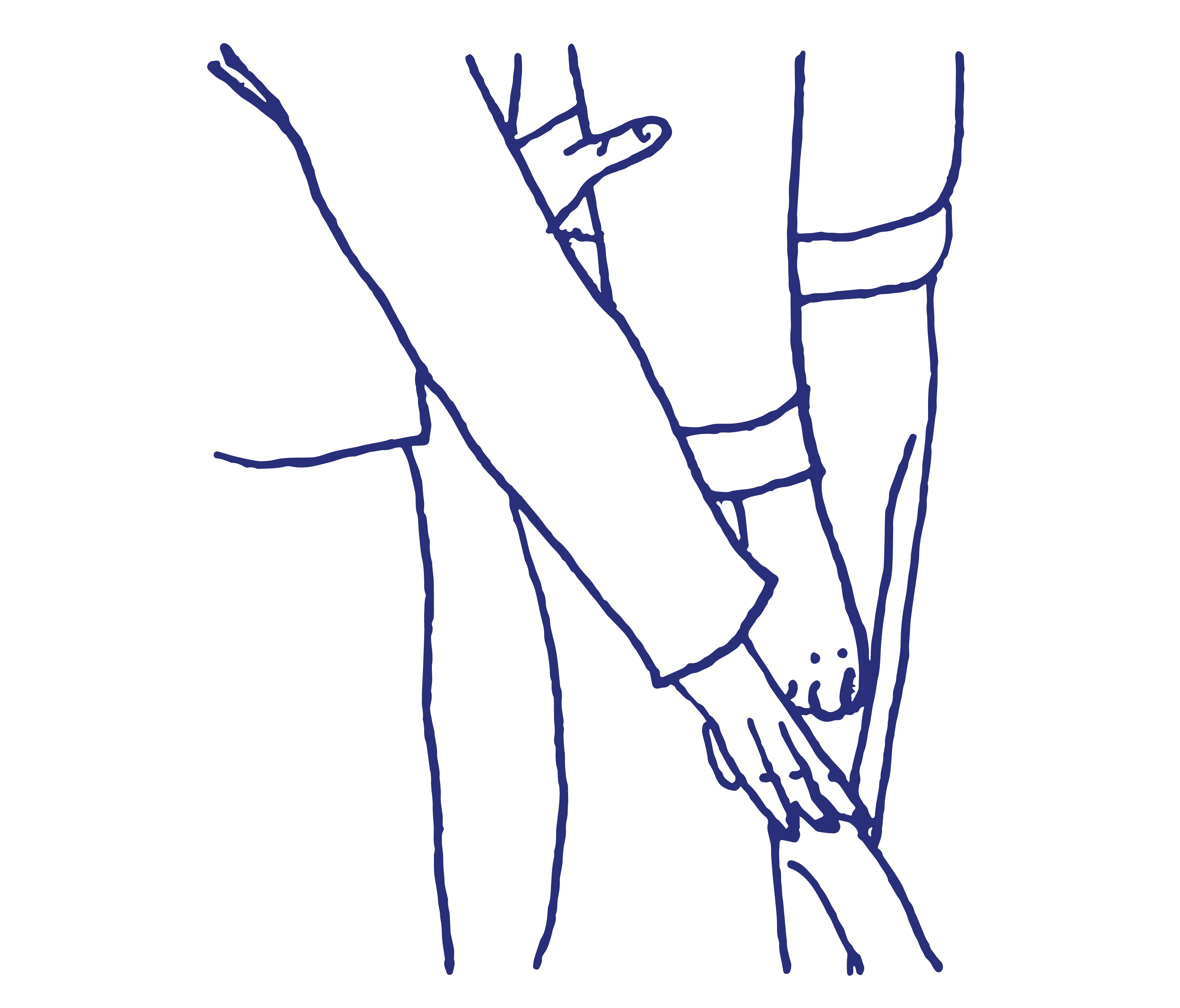These are some steps you can take to get you started on guiding a visually impaired person.

1. Getting started
When you see a visually impaired (with white cane or guide dog) and you want to offer your assistance, best way to approach them is to introduce yourself and ask if assistance is needed. If assistance is needed, touch the back of the person’s hand with the back of yours. Best to believe them and be on your way if they say no.


2. When walking
When you start walking at a pace that is comfortable for you both, make sure the person is half a step behind you and slightly to the side.
Look ahead for obstacles; at foot level, head, and to the side.

3. Narrow spaces
Tell the person you are guiding that a narrow space is ahead. Move your guiding arm towards the centre of your back to indicate that they need to walk behind you.
The person should step in behind you while still holding your arm. When you have passed through the narrow space, bring your arm back to its usual position by your side.

4. Changing sides
The easiest way to achieve it is you remain stationary while allowing the person to hold your guiding arm with both their hands.
They can move one hand to reach your other arm without losing contact.

5. Doorways
When passing through a doorway, ensure the person is on the hinged side of the door. As you get close to the door, explain which way it opens.
Open the door, walk through, and allowing the person pull it close using their free hand.

6. Steps and staircases
Stop at the first step and tell the person whether the steps go up or down. Change sides if necessary to ensure they can use the handrail.
Start walking when you are both ready. Stay one step ahead of the person.
Stop when you reach the end of the stairs and tell the person you are at the top or bottom.

7. Seating
Explain which way the chair is facing and where it is place in the room. Then, walk up and place your guiding arm on chair and explain which part of the chair you are touching. The person will locate the chair and seat.

8. Getting into a car
Tell the person which way the car is facing. Place your guiding arm onto the door handle and ask the person to move their hand down your arm. Allow them to open the door and be seated.
If the car is unfamiliar to the person, place your arm on the roof so they can follow it and avoid bumping their head. Once seated, allow the person to close the car door.

9. Describing surroundings
Be specific. Instead of saying, “there is a space seat to your right,” it might be more helpful to say, “the seat next to you, on your right, is occupied but the next seat is vacant.”
Till then stay tuned.
Related Post:
Information about visual impairment in Malaysia here.
